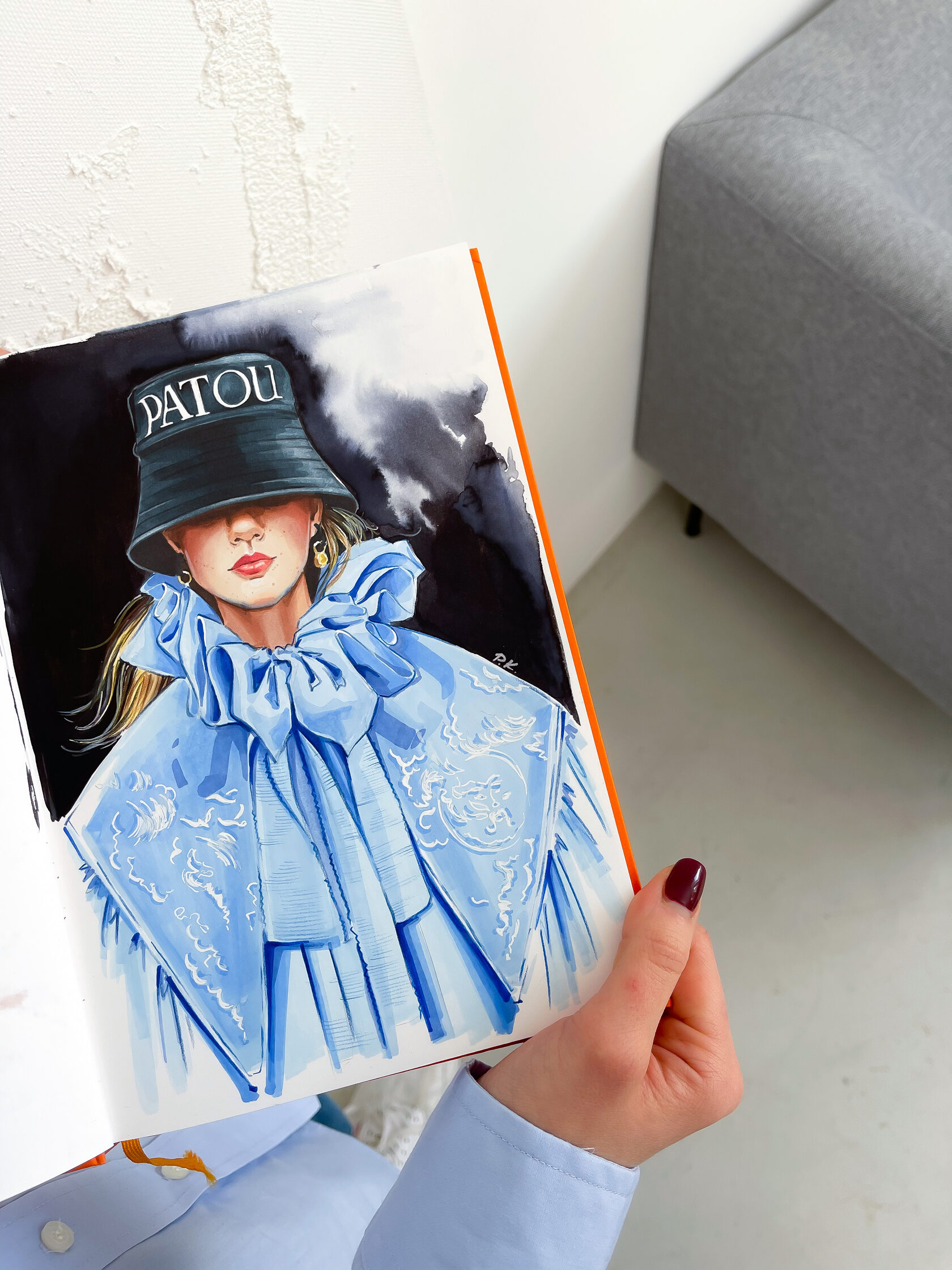
FASHION ILLUSTRATION
How to draw draperies and folds on clothes

types of cloth folds
Let's analyze shape-forming folds. Most often, these folds are arranged vertically and come in three types: one-sided (folds are directed in one direction, pleating), two-sided (bow, counter), or mixed (several types of folds are combined).
There are flowing, cascading folds that are created or form naturally when draping the fabric on an object.
To do this, it is very useful to draw clothes on a figure from nature or from static and dynamic photographs.
So you will learn to understand the principle of the formation of folds by observing how clothes sit on a figure, where the main folds are formed, how the fabric behaves when stretched or compressed, what folds are formed, and how the type of fabric affects the formation and appearance of folds.
There are 6 types of folds that are formed when moving or at rest, stretching or straining a fabric

Drapery folds can be seen on neck-pieces, scarves, yoke collars, as well as in more complex objects; it all depends on the cut and the designer's vision.
Semi-closed folds are most often formed on the bends: knees, elbows and so on.
Zigzag folds are formed inside the shape, not along the contour.
Spiral folds are formed around cylindrical shapes. Most often they can be seen on tight-fitting trousers, jacket and shirt sleeves, etc.
Flowing folds are formed on the loose, long ends of fabric, such as scarves. They can also be specially added, such as frills.
Learn to draw in different styles with courses from Fantasy Room Online. On the course “Profession of a fashion illustrator: from beginner to professional”, our students will work in the most such painting techniques as watercolor, alcohol markers, gouache, ink, collage. And also in the program of the course: a lot of fashion images, we will learn how to convey the texture and texture of the fabric, draw faces of different races and illustration of fashion accessories.
And on Fashion Illustration in Procreate, we will draw in the Procreate program on the iPad. We will also go through the basics: a figure and a portrait, learn how to convey the textures of different fabrics, we will stylize our illustrations and create animation.
Learn to draw in different styles with courses from Fantasy Room Online. On the course “Profession of a fashion illustrator: from beginner to professional”, our students will work in the most such painting techniques as watercolor, alcohol markers, gouache, ink, collage. And also in the program of the course: a lot of fashion images, we will learn how to convey the texture and texture of the fabric, draw faces of different races and illustration of fashion accessories.
And on Fashion Illustration in Procreate, we will draw in the Procreate program on the iPad. We will also go through the basics: a figure and a portrait, learn how to convey the textures of different fabrics, we will stylize our illustrations and create animation.

ANIMAL SKETCH

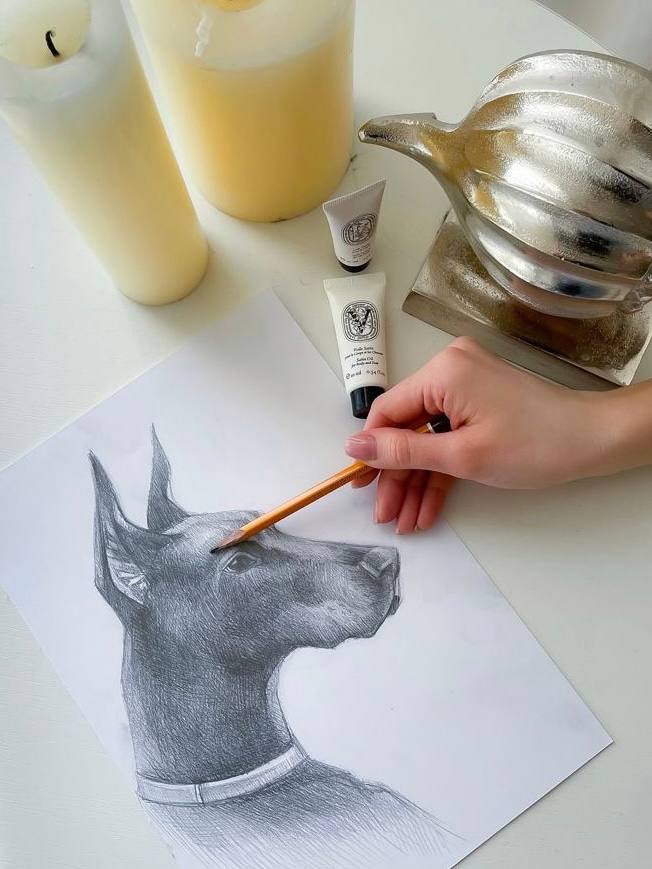
DRAWING HUMAN


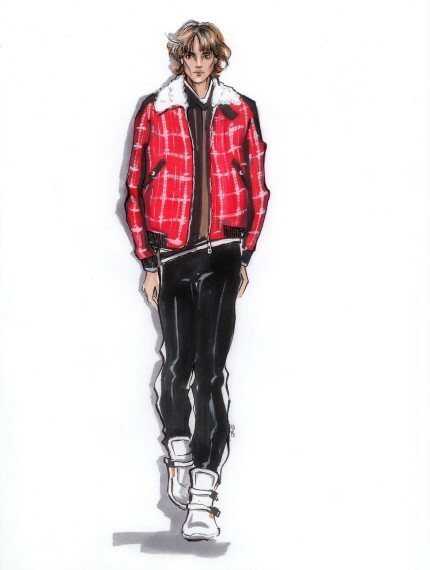


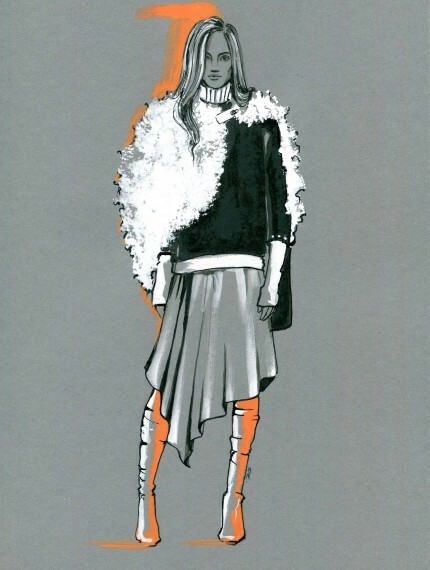

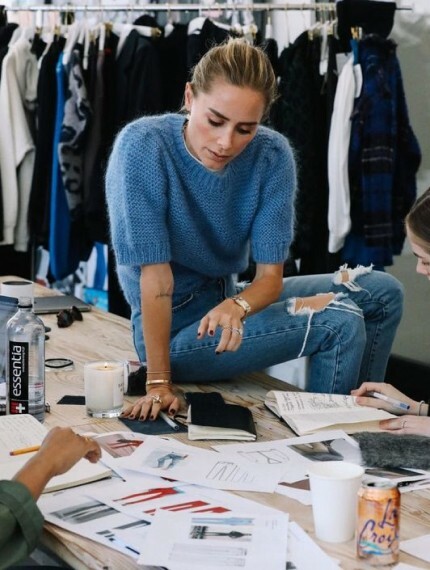
This illustration clearly shows the difference in the textures of the fabrics as well as the density and thickness. The hoodie fabric is soft and dense. The fabric of the main part of the dress is tough and firm, maintaining its shape.
When drawing clothes on a figure in a dynamic pose, always look for a point of tension or compression, so it will be easier for you to place the folds.
LET’S SUMMARIZE:
Drawing draperies, you can also simplify the image by showing their beginning and main direction, the shape that they form. It is also not necessary to draw every small fold.
As you can see, you can draw folds in completely different ways, it all depends on your drawing style! If you prefer realism - then you will need to put more effort into depicting all the folds, and less realistic.
Drawing draperies, you can also simplify the image by showing their beginning and main direction, the shape that they form. It is also not necessary to draw every small fold.






